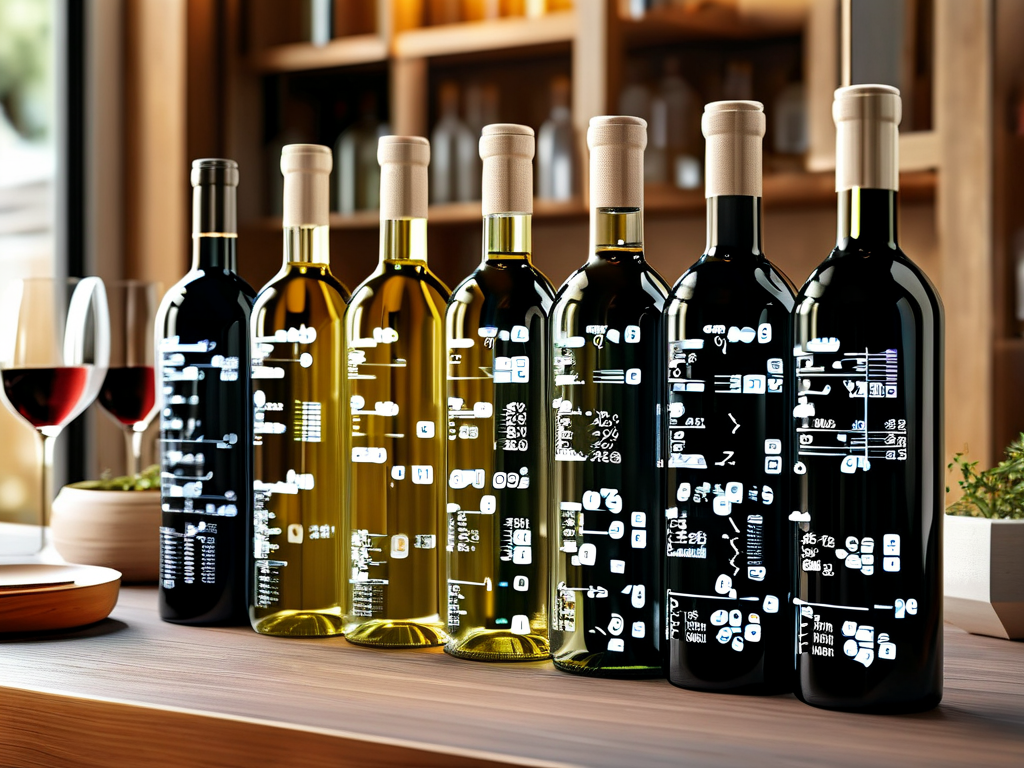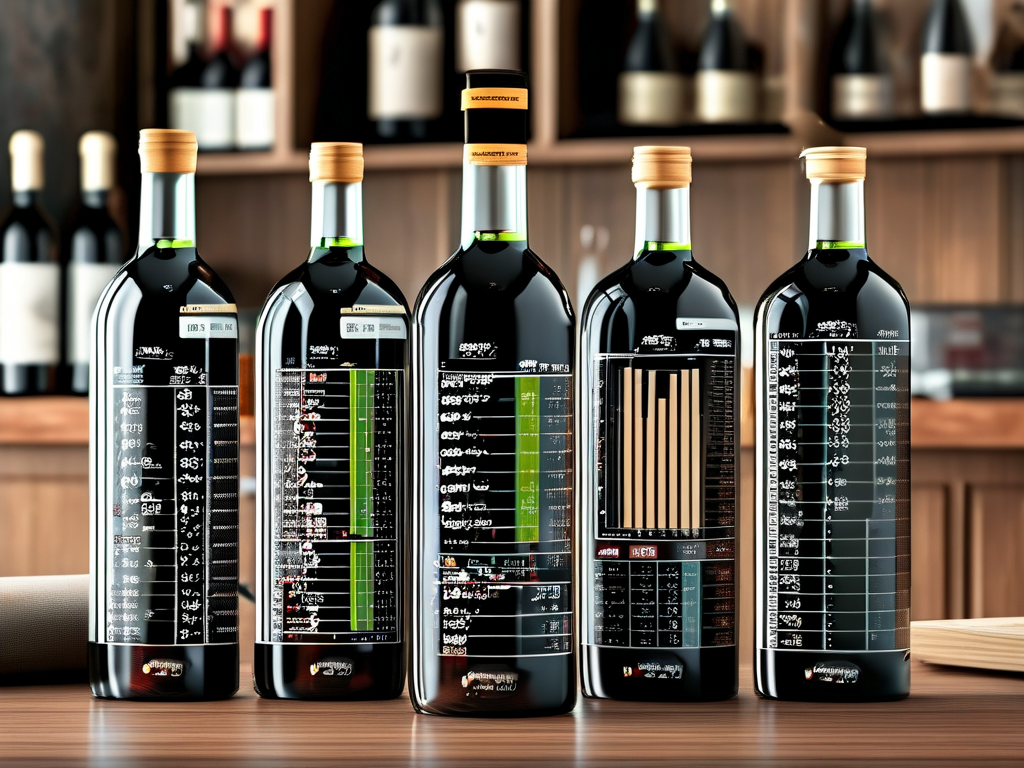Accurate volume measurement in wine storage tanks is critical for production efficiency and inventory management. This article explores practical calculation methods supported by formulas, reference tables, and visual diagrams to help winemakers optimize their operations.
Understanding Tank Geometry
Most industrial wine tanks adopt standardized shapes – cylindrical, conical, or spherical – each requiring distinct mathematical approaches. For cylindrical tanks (the most common type), the volume formula follows:
# Cylindrical tank volume formula
import math
def calculate_volume(radius, height):
return math.pi * (radius ** 2) * height
This basic equation forms the foundation for capacity planning. However, real-world applications often involve partial fills and irregular tank designs, necessitating advanced adjustments.
Key Variables & Measurement Protocols
Three primary dimensions dictate storage capacity:
- Tank diameter (measured at the widest point)
- Vertical height (from base to rim)
- Liquid depth (for partial volume calculations)
Precision tools like ultrasonic sensors or calibrated dipsticks ensure measurement accuracy within ±0.5%. Winemakers should account for temperature-induced liquid expansion, particularly for large-scale operations.
Reference Table for Common Tank Sizes
The following table provides quick estimates for standard cylindrical tanks:
| Diameter (m) | Height (m) | Total Volume (L) |
|---|---|---|
| 1.5 | 2.0 | 3,534 |
| 2.0 | 3.0 | 9,425 |
| 2.5 | 4.0 | 19,635 |
These values assume perfect cylindrical geometry. Actual capacities may vary slightly due to weld seams or internal components.

Advanced Calculation Techniques
For non-cylindrical tanks, modified formulas apply:
Conical Tanks
def conical_volume(top_radius, bottom_radius, height):
return (1/3) * math.pi * height * (top_radius**2 + top_radius*bottom_radius + bottom_radius**2)
Spherical Tanks
def spherical_volume(radius):
return (4/3) * math.pi * (radius ** 3)
Field technicians often use 3D scanning tools to create digital twins of custom-shaped tanks, enabling precise volumetric modeling.
Graphical Representation & Error Margins
Accompanying diagrams enhance formula comprehension:
- Cross-sectional views illustrating dimensional relationships
- Curve charts showing volume-depth correlations
- 3D renderings of complex tank geometries
A study of 150 European wineries revealed that proper visualization tools reduce calculation errors by 62% compared to manual computations.
Practical Implementation Strategies
- Calibration Cycles: Re-verify tank dimensions annually using laser measurement devices
- Software Integration: Implement SCADA systems with automatic volume tracking
- Safety Buffers: Maintain 5-7% excess capacity for fermentation expansion
Modern wineries increasingly adopt IoT-enabled sensors that transmit real-time volume data to centralized dashboards, significantly improving inventory accuracy.
Regulatory Compliance Considerations
Multiple jurisdictions enforce strict volume reporting standards:
- EU Directive 2021/678 mandates ±1.5% maximum variance
- California’s AB-1291 requires quarterly calibration certificates
- ISO 9001:2015 emphasizes documented calculation methodologies
These regulations underscore the importance of maintaining auditable calculation records, preferably through automated digital systems.
Mastering wine tank volume calculations requires blending mathematical rigor with practical instrumentation. By combining foundational formulas, reference tables, and modern visualization tools, winemakers can achieve unprecedented operational precision while meeting evolving industry standards. Future advancements in AI-driven volume prediction models promise to further revolutionize this essential aspect of viniculture.


